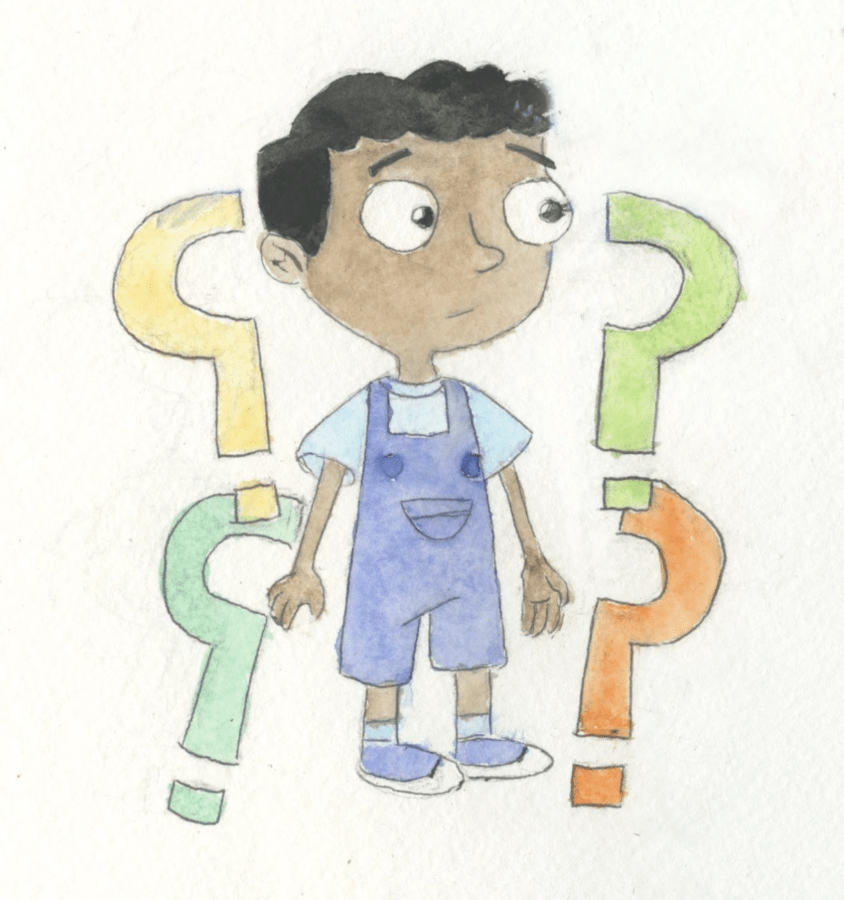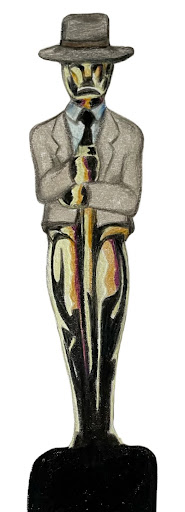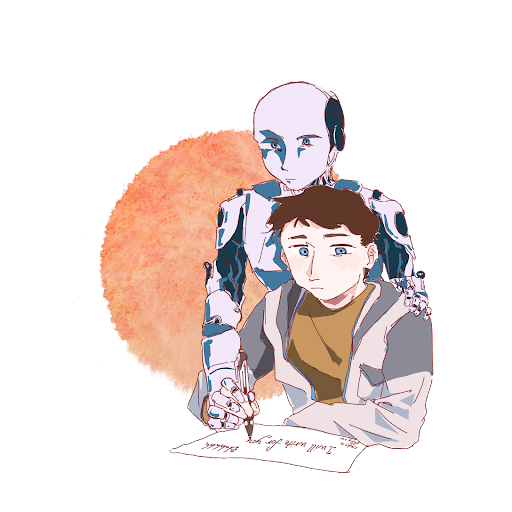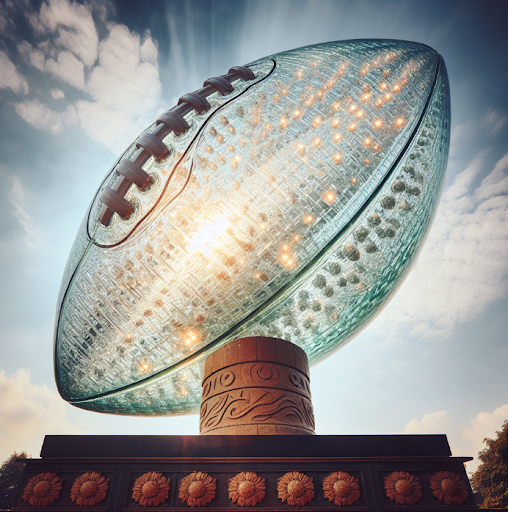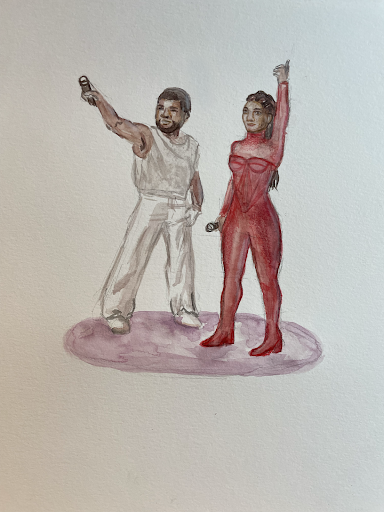The Problem With Baljeet: South Asian Representation in Children’s TV
Baljeet, a stereotypical depiction of South Asian American identity in the TV Show “Phineas and Ferb” (Artwork/Ishnoor Kaur ’26)
In early January of 2023, co-creator of the childhood classic “Phineas and Ferb” Dan Povenmire announced the return of the hit TV show for two more seasons. While many people (including me) rejoiced at this announcement, the return of the show also means the return of Baljeet, taking many South Asian Americans, including myself, back to our childhood, and reminding us of the pain inflicted by this supposed “joke” of a character.
Growing up as a South Asian American, I spent my days watching TV like any normal kid does. I would scroll between the Disney Channel and Disney XD for hours watching mindless television. However, I never saw characters that looked like me. This was until I found “Phineas and Ferb.” I remember the first episode I watched when the short character with a high-pitched voice made an entrance. I was immediately taken aback. Why did he have an accent, why was he getting bullied, and why was he always studying math? “That is nothing like me,” I thought. I continued watching the show and witnessed Baljeet get harassed, bullied, and made fun of by Buford, the strong, white bully in the show. Why was no other character getting bullied? When I started going to school and talking to my friends, they would always call me Baljeet. But who could blame them? Baljeet was the only Indian character they had seen in the media, and I was their only Indian friend. I usually laughed it off and pretended I didn’t care, but deep down it wasn’t funny. They were calling me Baljeet because that was the only Indian character they saw. Meaning, in their eyes, I was a short, skinny, Indian kid with an accent who loved math. But I wasn’t. As I got older, I grew more frustrated. I tried everything to not be like Baljeet. I purposely got math problems wrong, I tried to not be the butt of every joke, I tried to act more “American,” and I would tell everyone that I never went to the temple and that I was “barely” even Indian. It really affected the way I saw myself as a young South Asian American boy, and it made me hate my culture. By constantly being equated to Baljeet, it took everything I was, my entire being, and equated it to, according to the “Phineas and Ferb” Fandom,
“an Indian boy who always gets good grades and is constantly bullied by Buford. He’s considered a nerd and, for him, to get an F on a math test is the scariest thing known to man … Baljeet is also the leader of a group of science fiction fans, and is the only sixteenth level Space Adventure Trivia Master in the world. He speaks without contractions, perhaps due to his studious background or because English is his second language…”
Many argue that Baljeet’s character is just a funny joke and that there is no malicious intent. While this may be true, the fact that Baljeet was the only representation of South Asians in children’s TV shows is wrong–it’s the fact that he, an amalgamation of every stereotype about Indian people, was one of the only forms of representation we had. There were no heroic Indian characters saving the day in children’s TV shows. They were all weird, nerdy, and got bullied. Take Ravi from Disney Channel’s Jessie, for example. He was this “exotic,” nerdy Indian boy whose character was written to be constantly made fun of and outcast by his peers. Or take Chirag Gupta, the (only) Indian character in Diary of a Wimpy Kid. He was the unathletic, overly studious reject who took the brunt of every joke. Notice the pattern? The only representation of South Asians were all just versions of the same character. This is the problem. The producers and writers of all these shows didn’t change the character up at all. Hollywood continued to feed into this “Baljeet” character for laughs, which negatively affected young South Asians.
This poor representation feeds into the marginalization of the South Asian community. Baljeet, and other similar characters, perpetuate the stereotypes towards South Asians and keep the community invisible. They equate all South Asians into one character, which is immensely damaging to the incredibly diverse community, as it makes us all blend into one character, when in fact, all South Asians have their own unique identities and interests.
Overall, characters like Baljeet are extremely problematic and negatively impact the entire South Asian community, but especially the youth. So as you all turn your TVs back on to watch the new seasons of Phineas and Ferb, I urge you to think about the impact Baljeet has had and will continue to have on the South Asian community.
To learn more about South Asian representation in the media, I urge you to watch The Problem with Apu by Hari Kondabolu. Or feel free to reach out to me [email protected].



